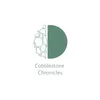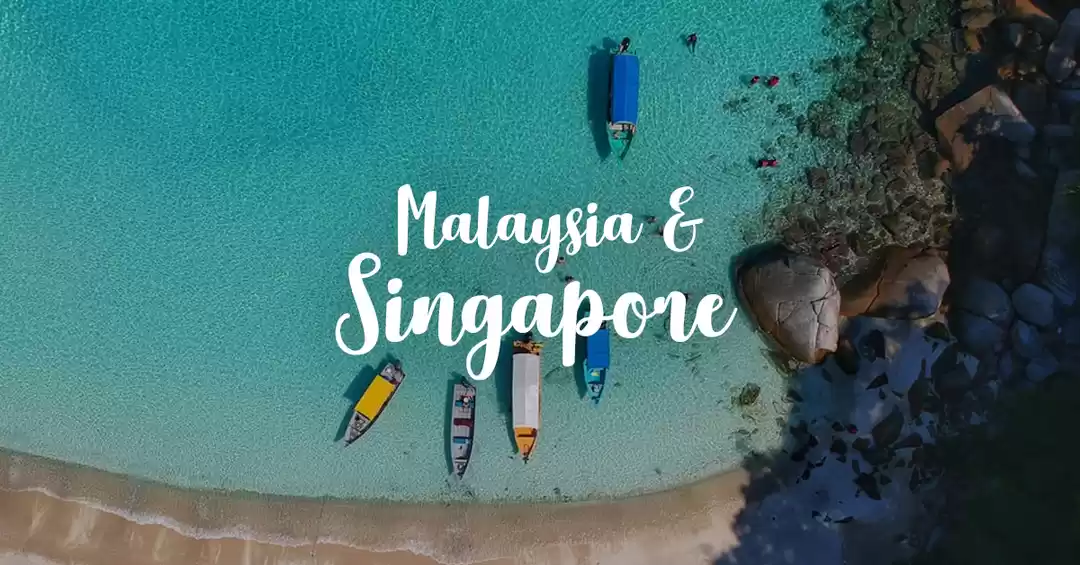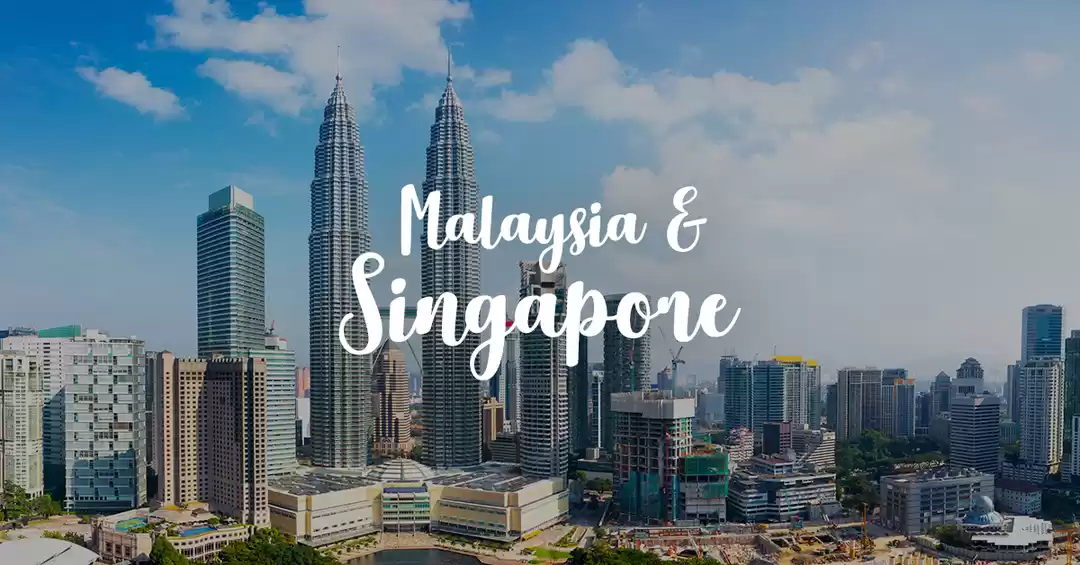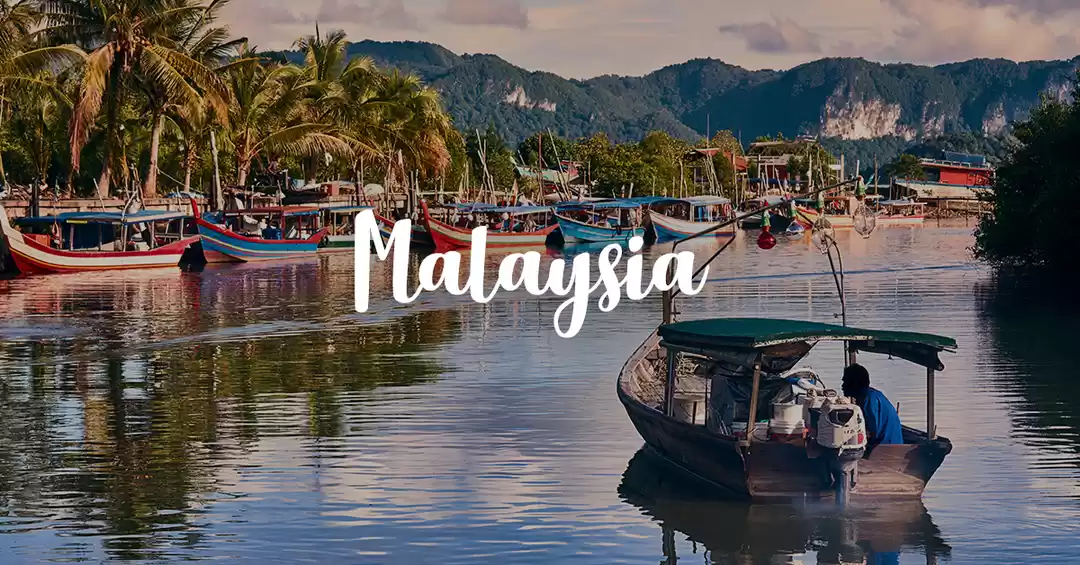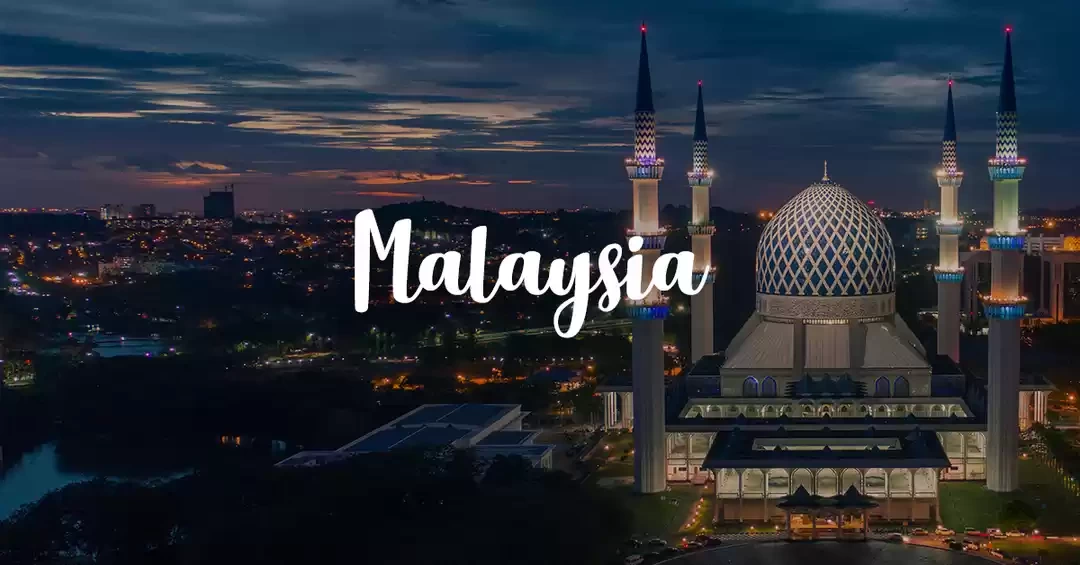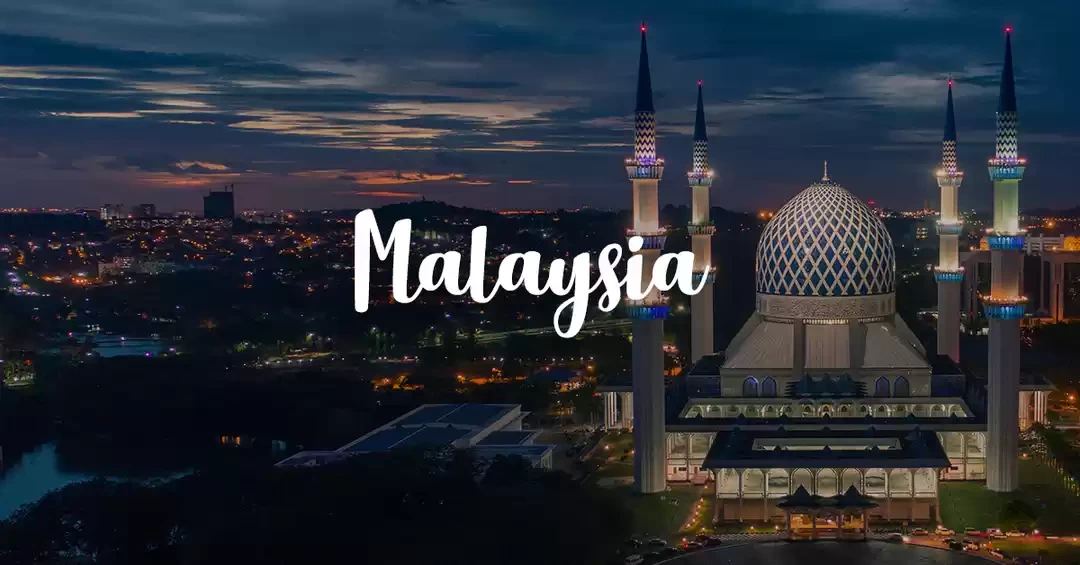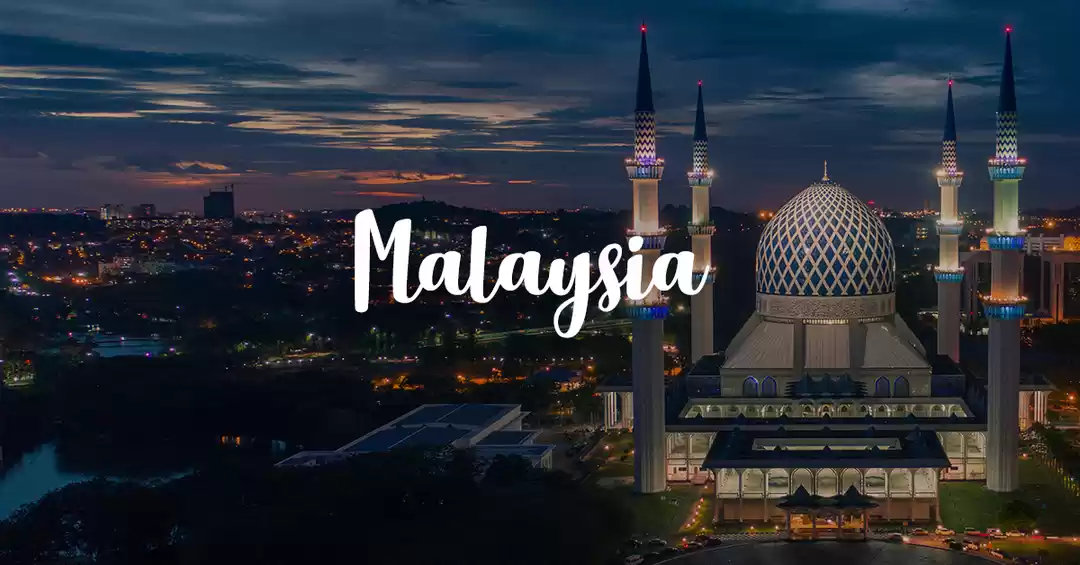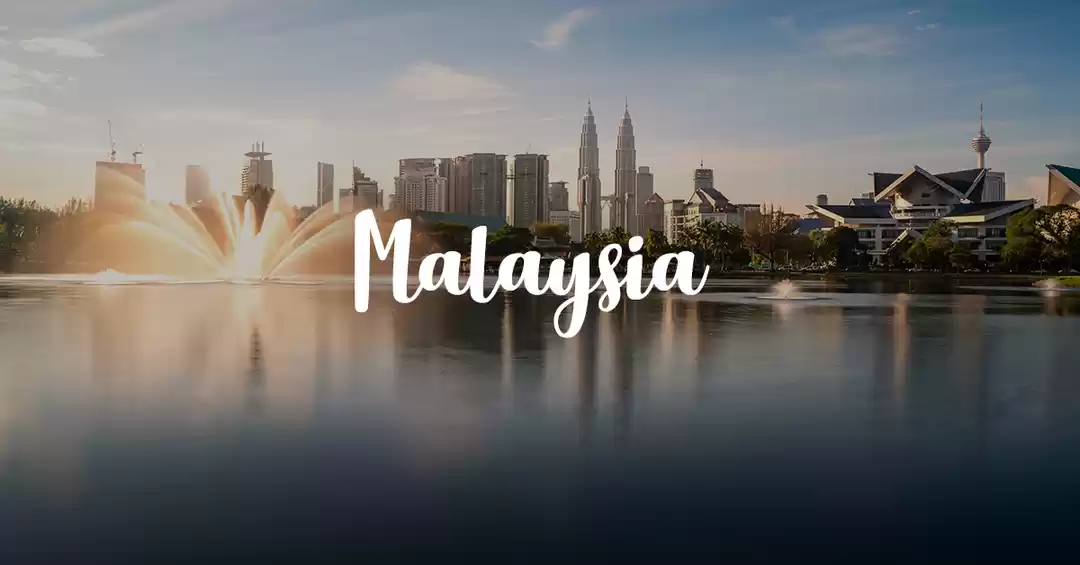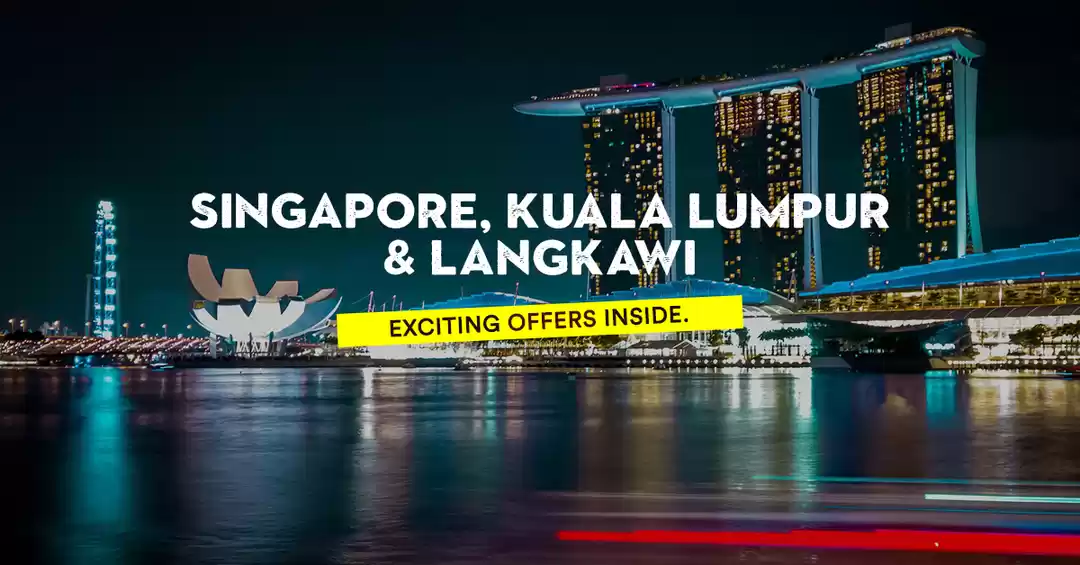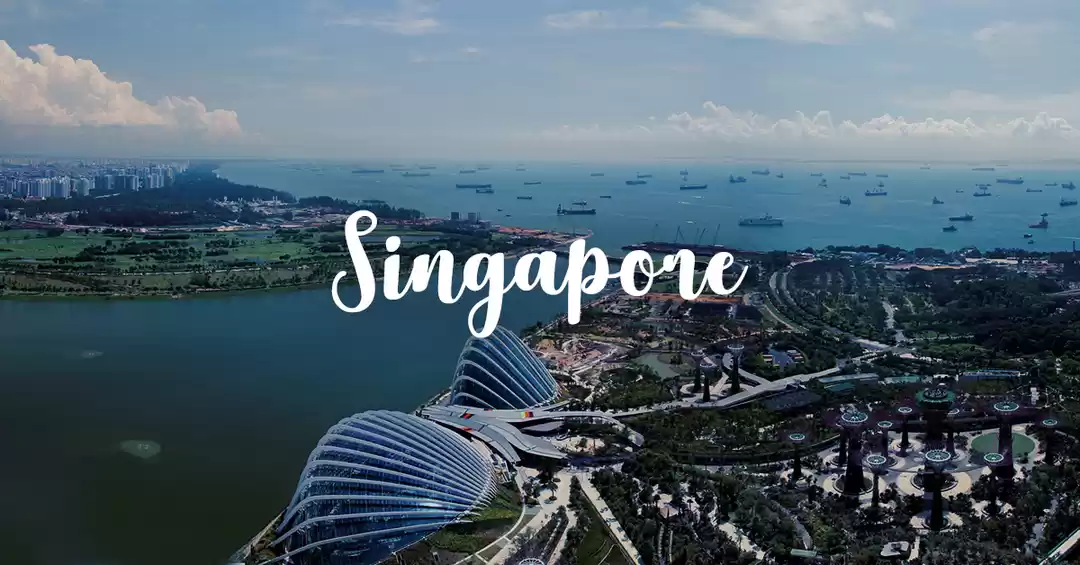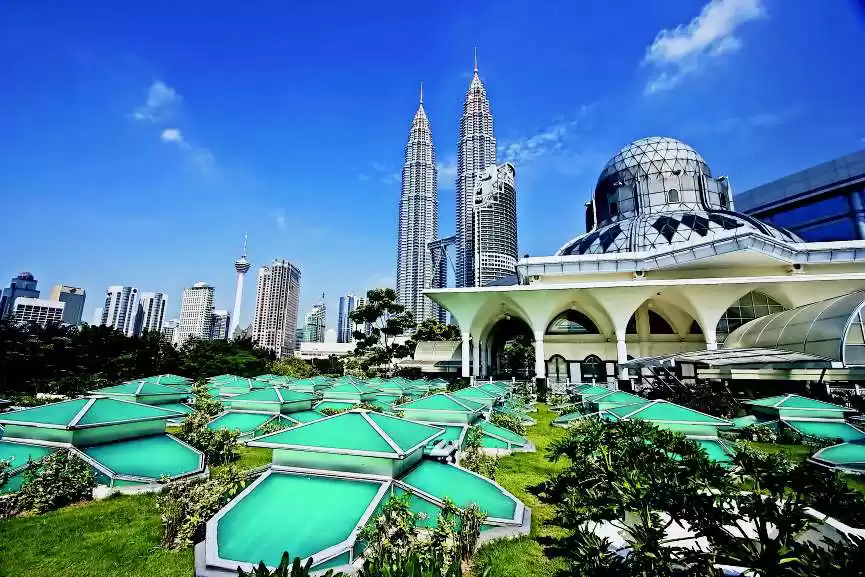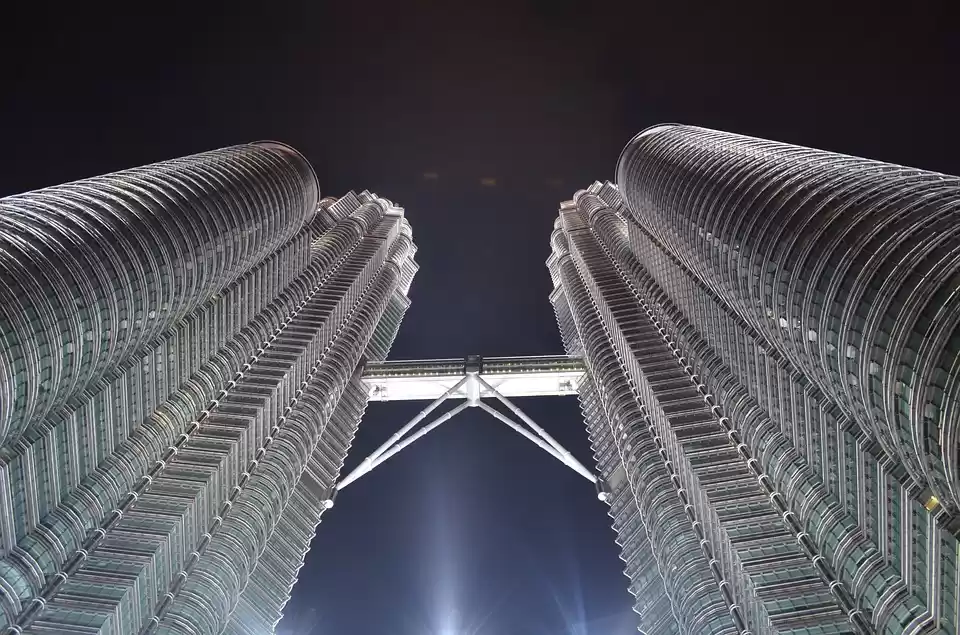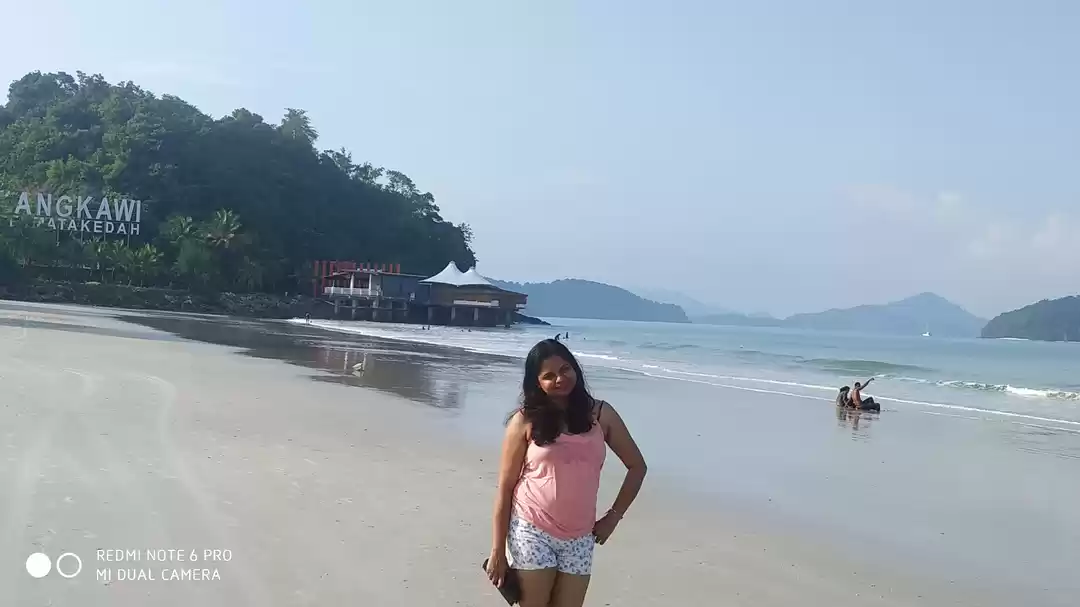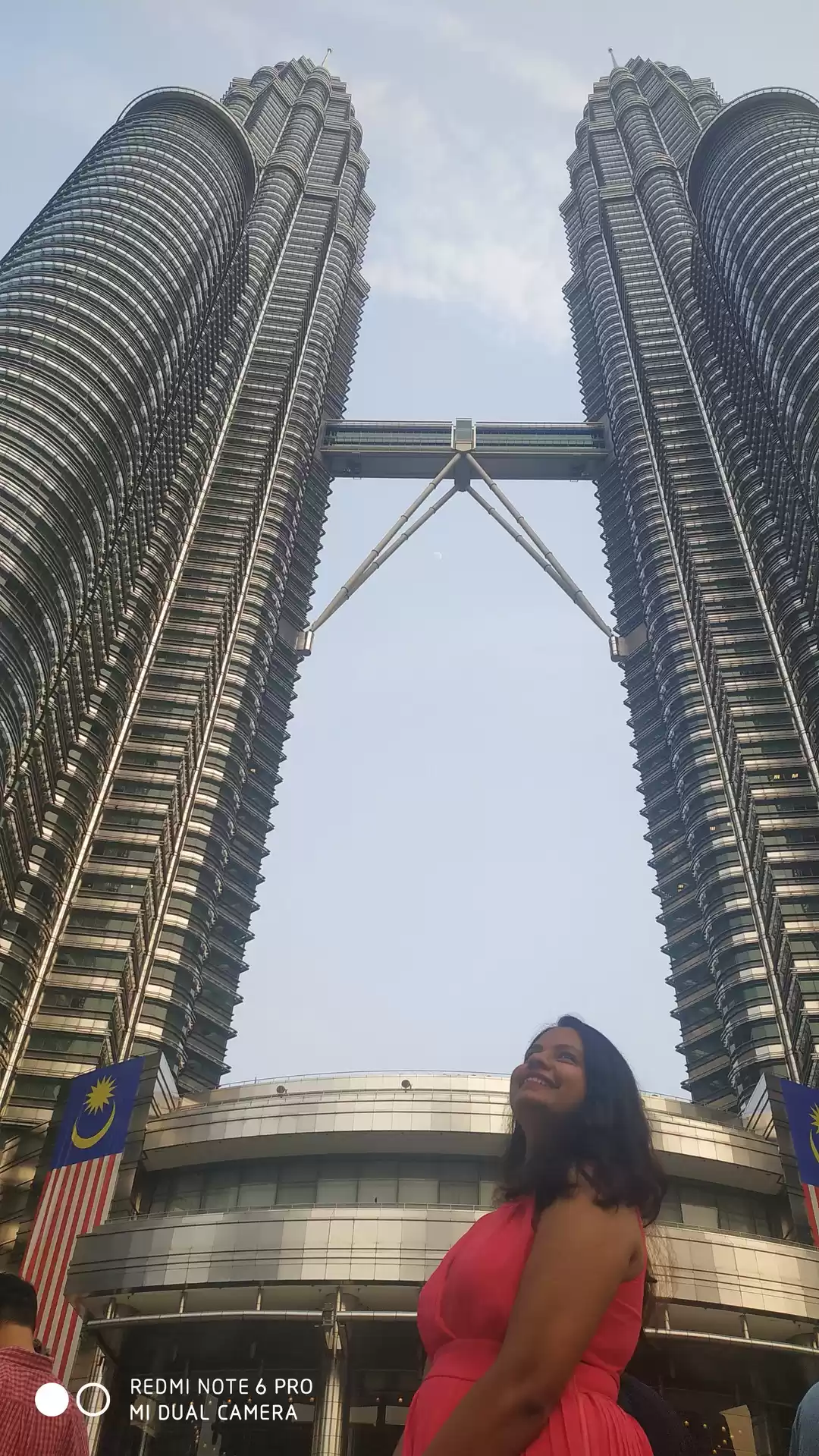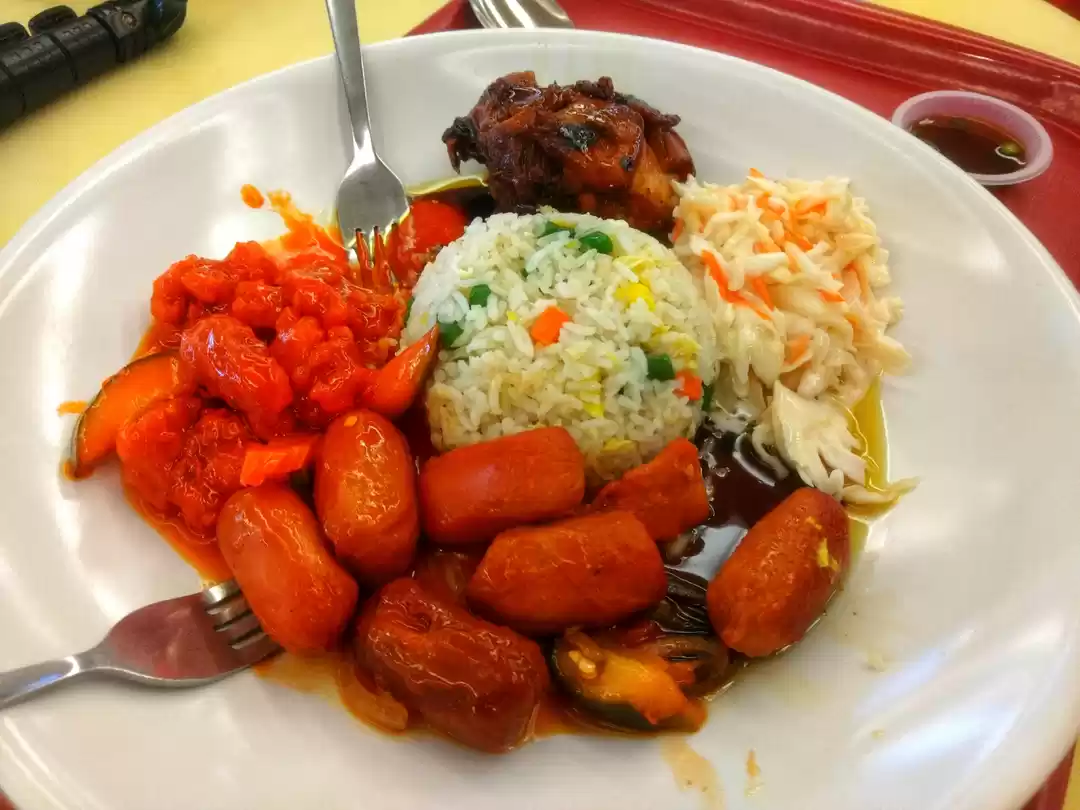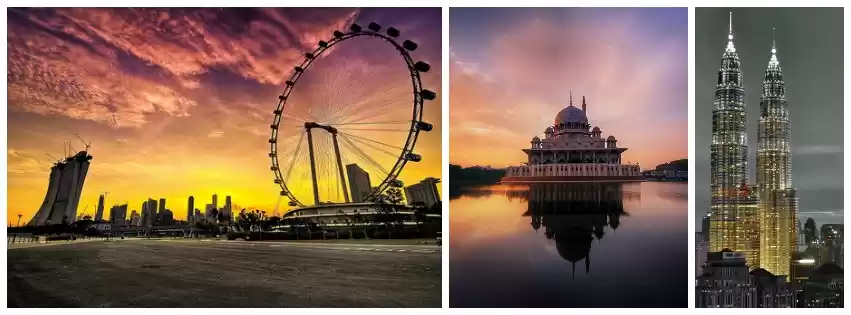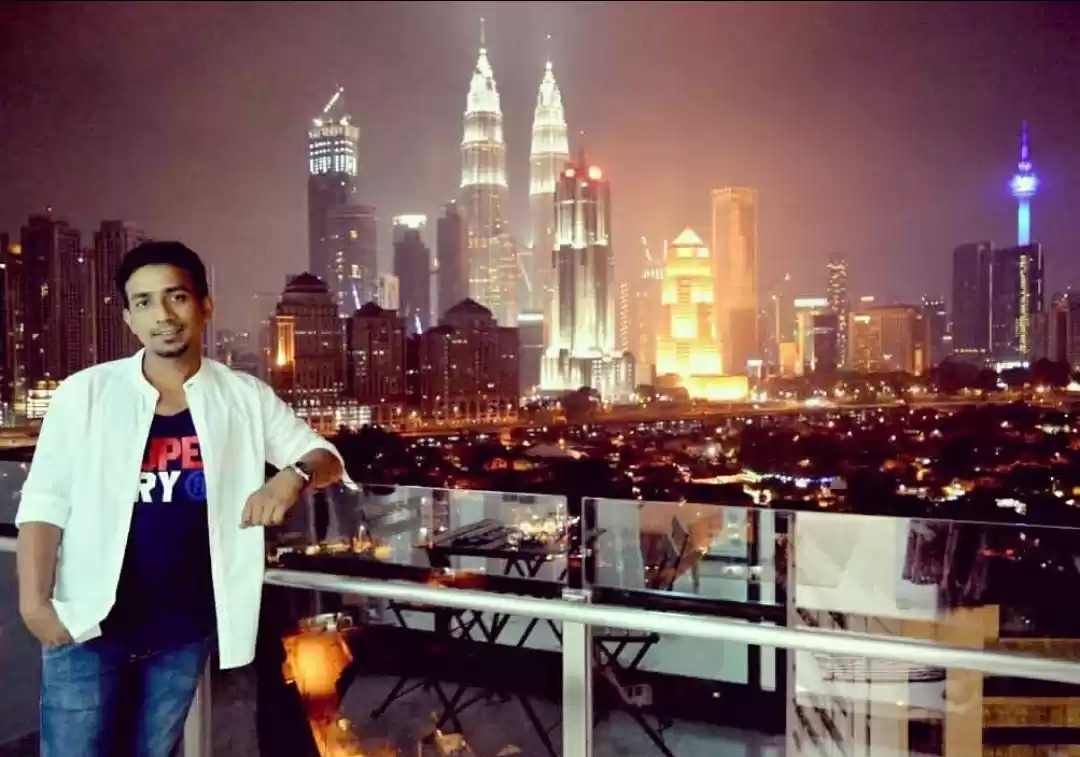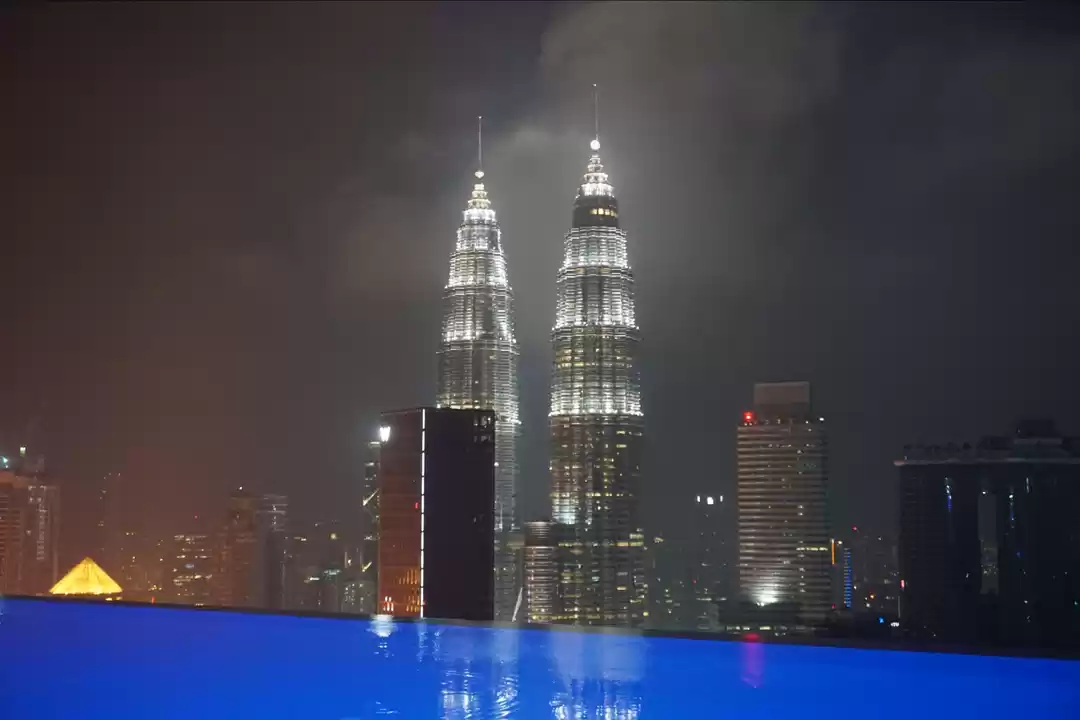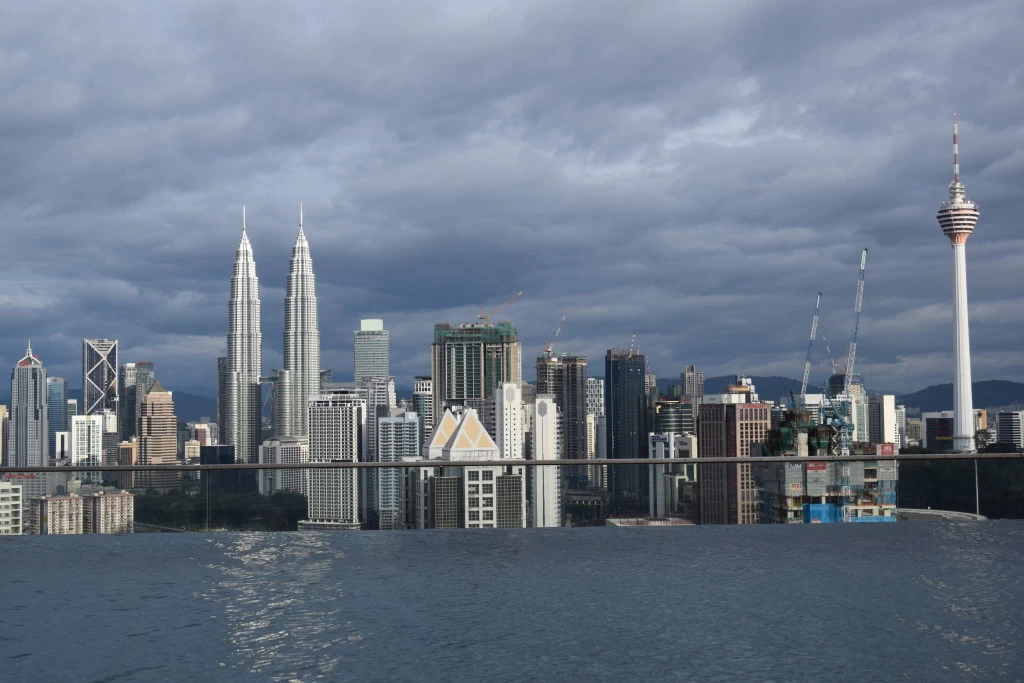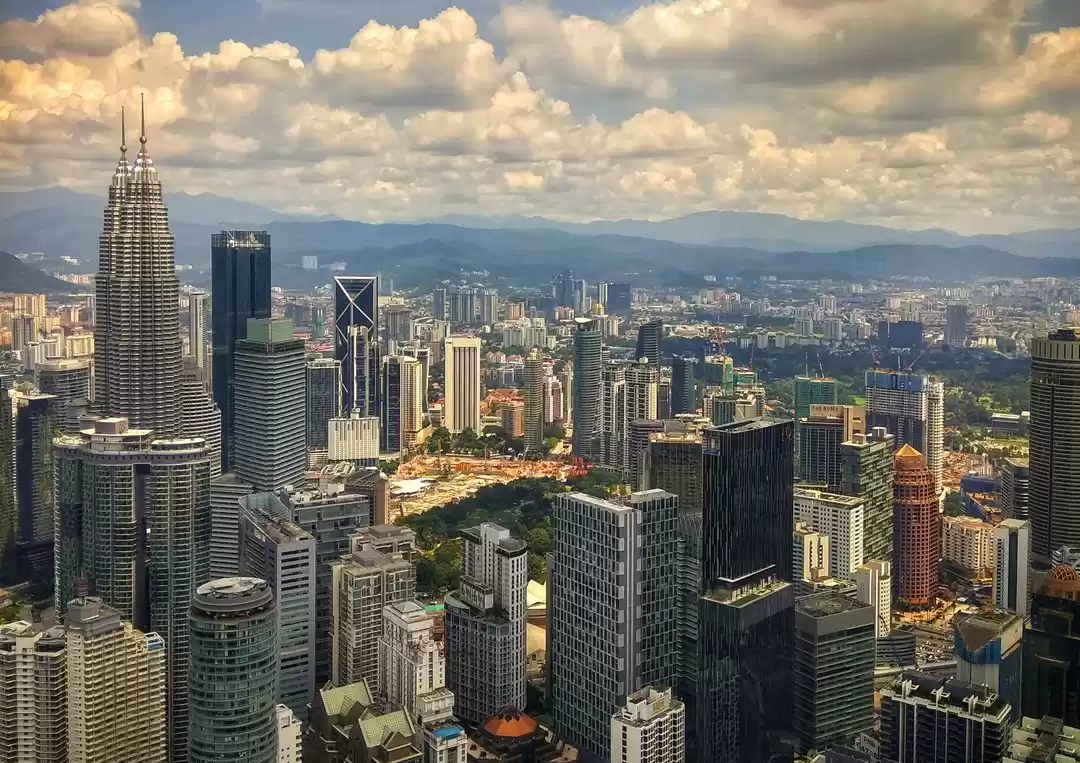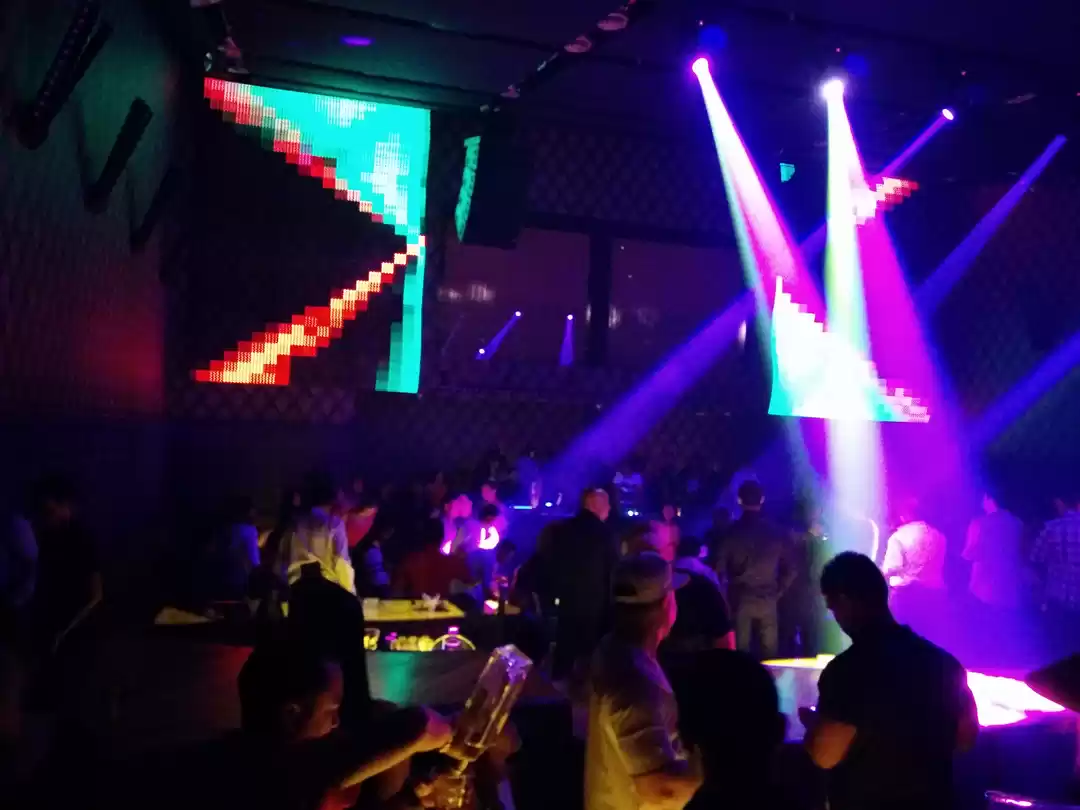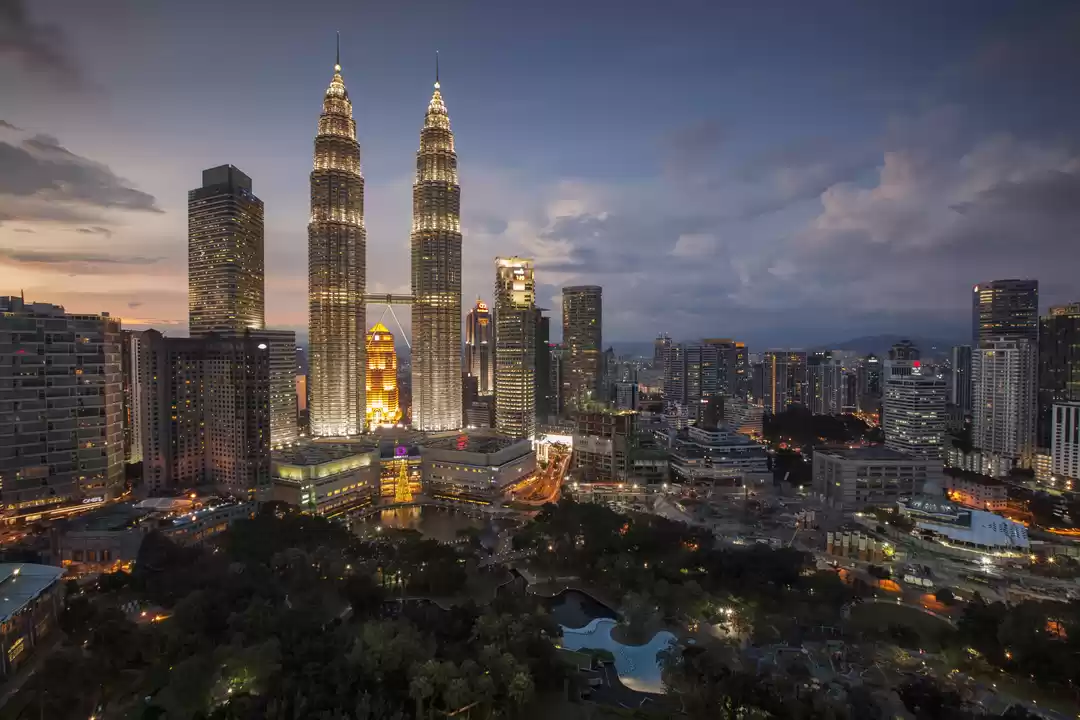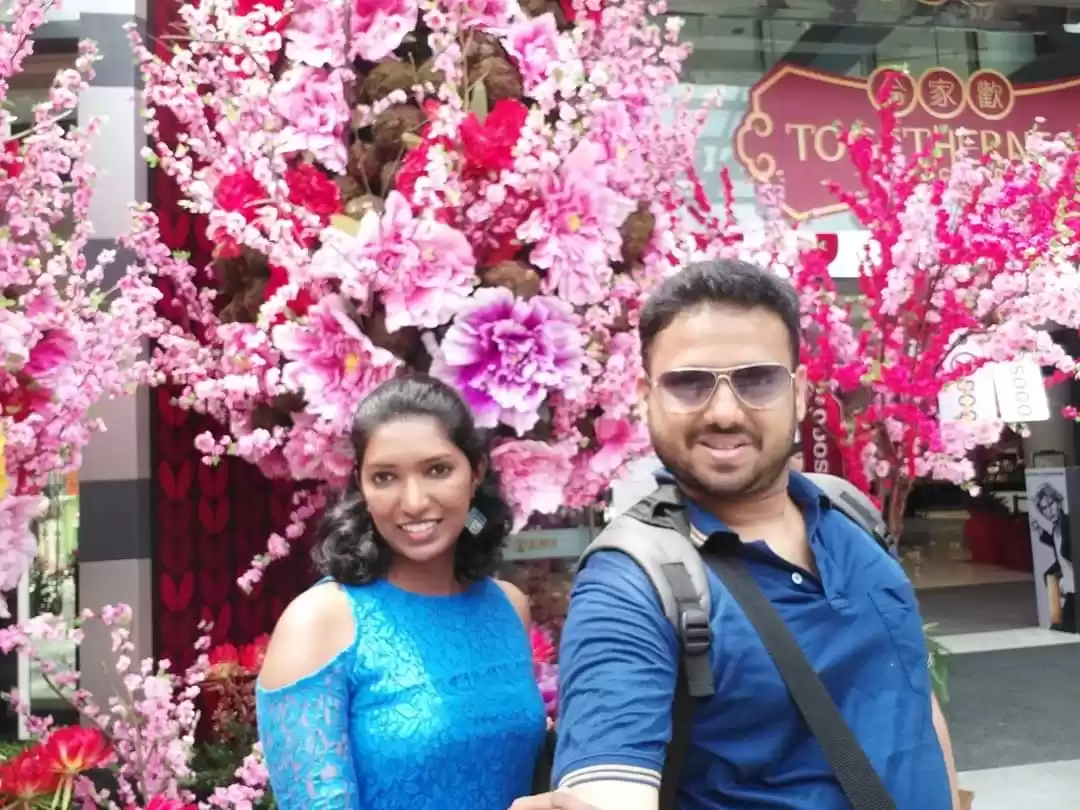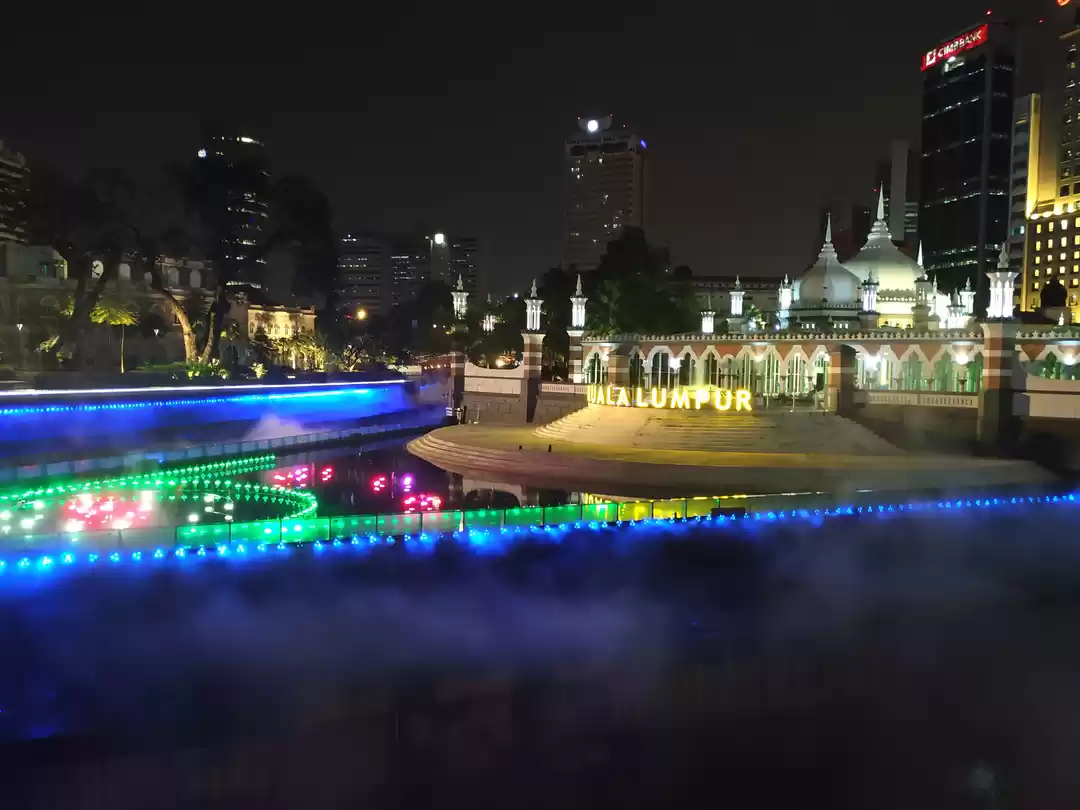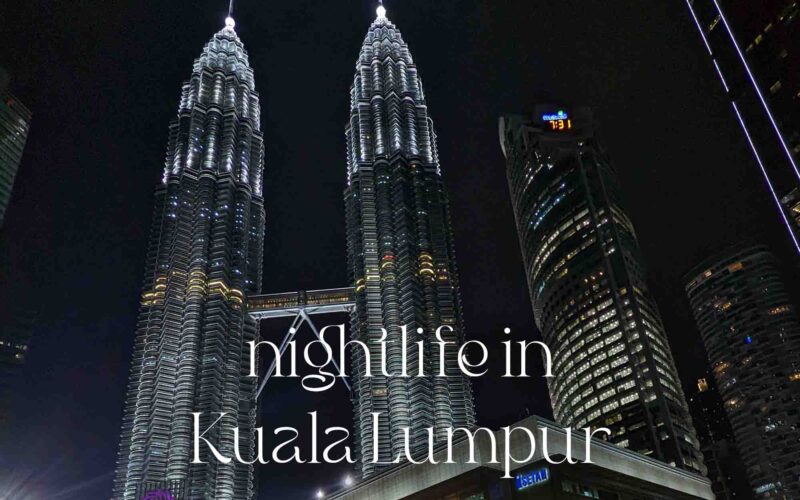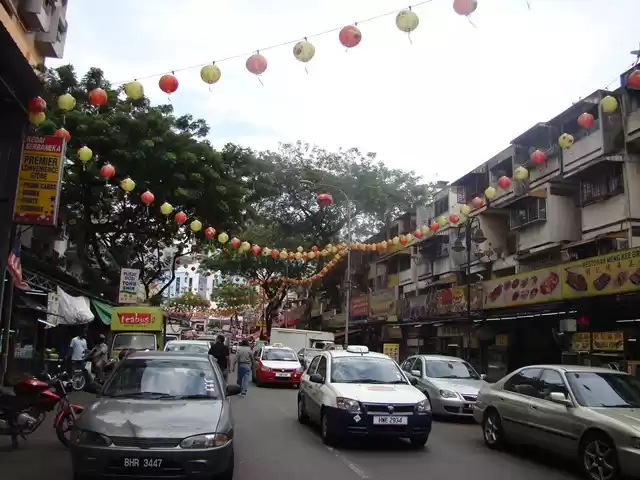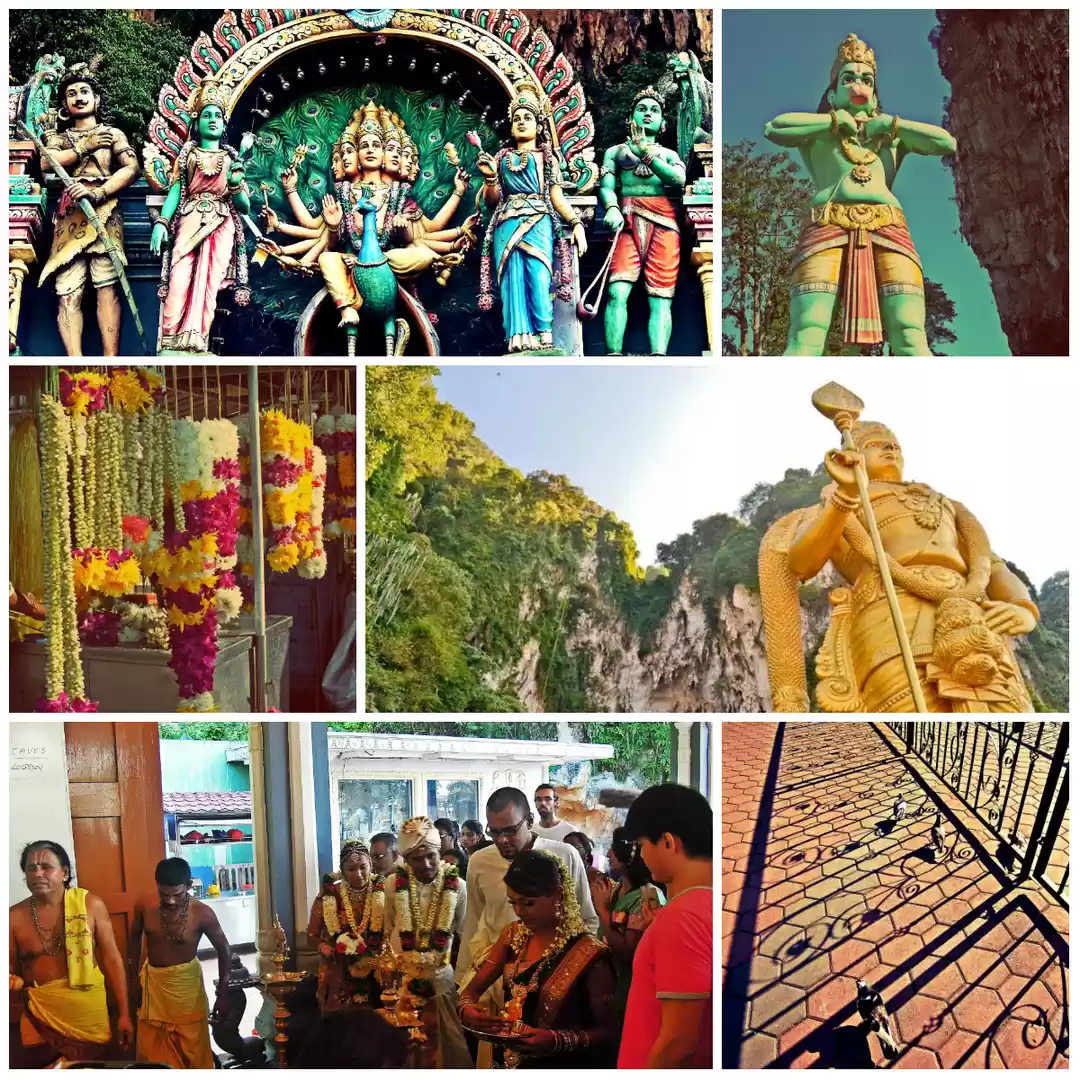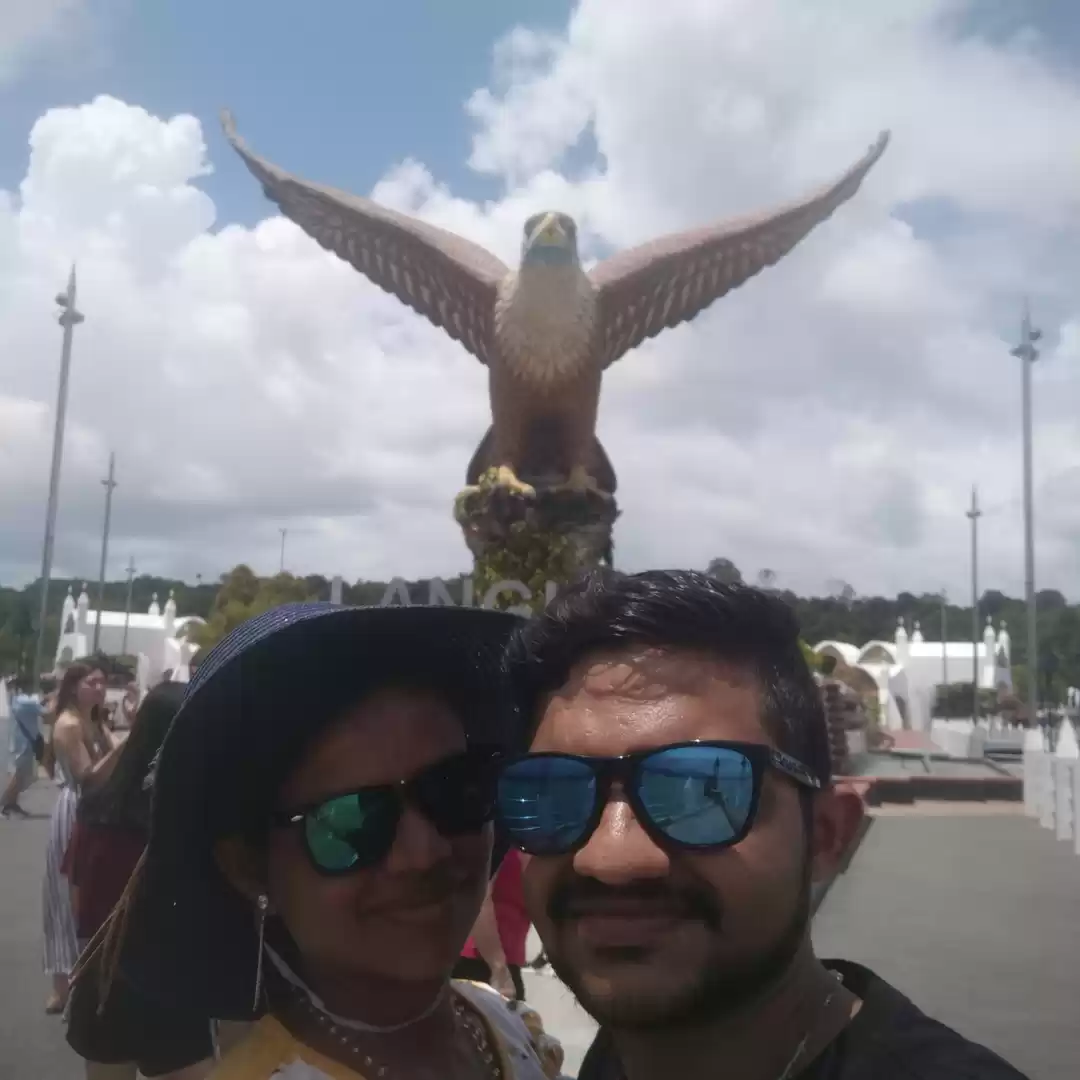
Kuala Lumpur: A Confluence of Cultures; An Article by Ajinkya Kale, writer for Cobblestone Chronicles. Wish to know more about us? Click here!
Getting its name from what translates to 'Muddy Confluence' of the Klang and Gombak rivers, Kuala Lumpur is a city of vast importance to Malaysia, being the country's cultural, financial and political centre. A myriad of colonial, Indian, traditional Malay, Persian and Chinese cultures has left its influence through the city's food and architecture. A blend of history, modernity and nature, Kuala Lumpur truly stands out as one of the most appealing metropoles in South East Asia, and was the 6th most visited city in 2019. We take a look at the must-visits of Kuala Lumpur, both reputed and obscure.
The City

I'm sure all of you know about the Petronas Twin Towers, these buildings have become synonymous with Kuala Lumpur and Malaysia. This towering twosome stands at 1,483 feet tall, and were the tallest buildings in the world until 2004. Built mainly as a workspace for Petronas, the towers have served as commercial centres for several other companies, and as the country's biggest tourist attraction, with thousands of visitors flocking by to get to the top of the 88 storeyed megastructure, or to check out the glass-floored skybridge that connects the two towers. The towers are bustling through the day and night, with people trying to fit themselves and the towers in a frame of a photograph not an uncommon sight. The area around the towers has naturally seen an upturn in infrastructure, and hosts a number of commercial and recreational facilities. One of these is the Suria KLCC, a shopping mall situated beneath the towers. Kuala Lumpur is one the leading cities in the world for shopping, with three of the top 10 largest malls in the world, and KLCC is one of those. KLCC consists of several shops, movie theaters and restaurants. My visit to KLCC can be highlighted by this gorgeous piece of dessert, called Ais Kacang. Largely a dessert made out of shaved ice and various colourful toppings, it hit me as each colour can be likened to a diversifying facet of Kuala Lumpur's culture. Alongside KLCC, several other shopping malls can be found in the city's premium district of Bukit Bintang, the place to be in the city to celebrate a late evening, with a wonderful experience of the city's unique vibe that offers an assortment of malls, restaurants, bars and night clubs to spend some quality time. A walk in this vibrant district sees a person meandering between crowds of shoppers, foodies and large gatherings to witness some street artists show off their best talents.

Apart from the Twin Towers, another structure that climbs above the rest like a sunflower looking for the first rays of dawn is the Menara KL, or the KL Tower. KL Tower isn't as tall as the Petronas Twin Towers, and yet is the highest viewpoint in the city, due to the fact that it is located on a hill. The structure originally built as a communications tower has become one of the best spots in the city to get a complete view of the Malaysian capital's skyline. Kuala Lumpur has several other attractions to visit such as the aquarium, KL Bird Park, Negara Zoo and the Central Market.
The Culture
Cultural diversity is one of Kuala Lumpur's signature selling points. Each district in the city can be associated with a different culture, and therein lies the beauty of the mashup of cultures that thrive together harmoniously. Jamek Mosque is one of the oldest buildings of the city, and was built at the exact location of the confluence of the Klang and Gombak rivers, from which Kuala Lumpur gets its name. The Mosque was constructed by the British colonisers in the Indian Mughal style. Apart from its religious significance for an Islamic majority nation, the Mosque is also of great historical importance as it is was constructed in tandem with the Kuala Lumpur railway station, also in the same Mughal style. The Mosque is within walking distance of The Central Market, which is one of the most famous shopping markets in the city. Unlike the metropolitan malls of Bukit Bintang, Central Market is a street shopper's paradise, and the best place to look for something 'local', whether it is a souvenir or a fine piece of fabric, or even a scrumptious snack. Just a few minutes away, you will find yourself in one of the starkest districts of the city, Chinatown. The Petaling Street Market is your one-stop shop for everything you need, and a stage for you to showcase your bargaining skills. The Guan Di Temple serves as a silent respite from all the entropy of Chinatown, and a place to rest your weary legs from all the walking and the tiredness of the tongue from all the bargaining with the vendors.

With Colonial, Mughal and Chinese cultures ticked off, next on the list is Hindu mythology. Enter Batu Caves in the Selangor region just outside the city. The caves were transformed into a temple of Hindu deity Murugan by K.T Pillai, an Indian trader. Today, Batu Caves are one of the largest Hindu shrines outside of India, and a location of pilgrimage for not only Hindu residents of Malaysia, but for Hindus worldwide. The world's tallest statue of Murugan stands at 140 feet tall in front of the cave's entrance, having been painted in pure gold. The caves serve as the home of the Thaipusam festival. Apart from its religious importance, Batu Caves also attract adventure lovers and offer 160 different routes for rock climbers. The development outside Batu Caves features a large array of South Indian restaurants with old Tamil songs bellowing through their speakers, it almost felt as if I was back in my home country.

Okay that's surely it isn't it? Surely this city cannot have another culture apart from British, Persian, Chinese and Indian right? The only thing I have to say to that is Bonjour Monsieur/Madame. A short drive from the city takes you to Berjaya Hills in the Bukit Tinggi region, where it'll seem like you've accidentally stepped on a portal that's teleported you straight to France. Colmar Tropicale is an adaptation of the French town of Colmar and serves as a tourist hill-station to spend an afternoon away from the chaotic city-life. Enter through the arches and you'll get a whiff of freshly baked bread coming from the many boulangeries and a strong scent of caffeine from the cafes. Should you fall in love with the place so much so you would want to spend the night there, you can, as the typical French houses in the town are actually hotel rooms that can be stayed at!
The Food

No experience of any place visited is complete without experiencing the local fare, and Kuala Lumpur has plenty of it. One can choose from the various up-scale restaurants in the shopping malls to the quaint shops in the numerous marketplaces across the city to enjoy their share of Malaysian cuisine, but there is one place that trumps every other in my opinion. I've always said that no matter how many restaurants or eateries you eat in, you can't experience the true essence of the cuisine unless you give enough time to the street food of the place, as it truly is the people's food. Head on over to Jalan Alor, to truly experience a gastronomical delight, I would even say go multiple times, as you can't possibly try everything out in one meal. As soon as you enter the market, a multitude of aromas tantalise your senses, from different types of meats to smoky grills and an unmissable smell of Durian, the world's smelliest fruit which is banned in almost every building. Here are a few things you can expect to find at Jalan Alor -
1. Nasi Lemak - No dish epitomises Malayan cuisine more than Nasi Lemak does. Undisputedly the most famous dish in the country, this rice based dish served with hot sambal sauce, peanuts and cucumbers can be found in almost every restaurant, but no better place to enjoy Malaysia's national dish than Jalan Alor.
2. Dumplings - An absolute staple across Asia, the sheer variety of dumplings at Jalan Alor is astonishing, and there is no way you can try just one of them.
3. Coconut Ice Cream in a Coconut - The coconut ice-cream in Jalan Alor is slightly different from your run of the mill coconut ice-cream, not just because it comes in a coconut shell, but also because they like topping it up with some desiccated coconut, sweet corn, raisins and peanuts. The result is quite amusing.
4. Fried Durian - When the term the world's smelliest fruit is associated with Durian, one would assume that it'll probably taste just as unbearable. But on the contrary, the fruit does not taste all that bad, its taste can be compared with that of a jackfruit.
5. Puru Piring - This circular-shaped rice flour snack is filled with palm sugar locally known as Gula Melaka, and was one of my personal favourites!

Kuala Lumpur really leaves a stamp on your memory. A place full of the vivacity of a top class metropolis, which yet finds a place for its deepest of cultural roots, which grow from an array of seeds from places far and wide. It truly is, as the name suggests, a confluence of cultures.

